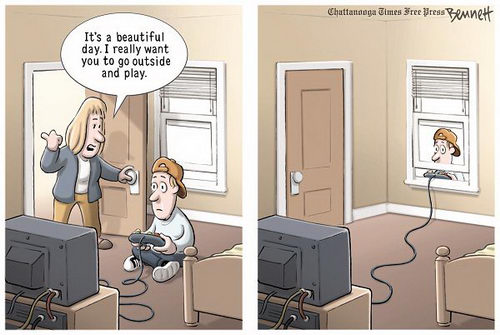We follow 5 steps in game localization...
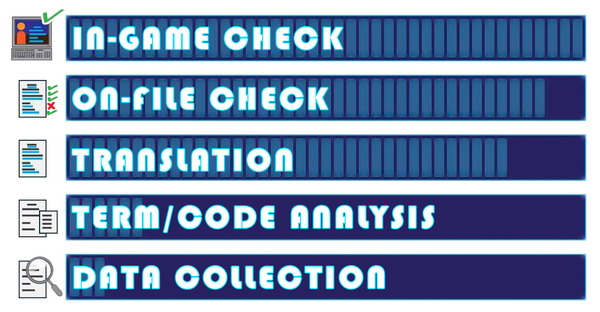
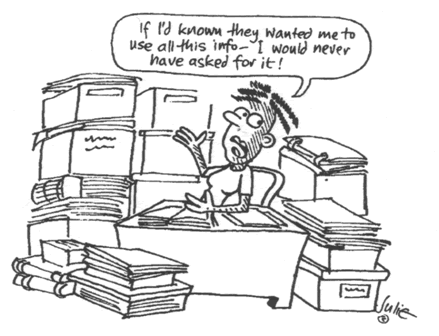
– General information is gathered about the game via the internet (genre, target gamer group, related games/ movies/ cartoons/ comics)
– We analyse the language used in game and decide how many translators will be needed according to number of words/strings. After which we select the most appropriate translators for the work.
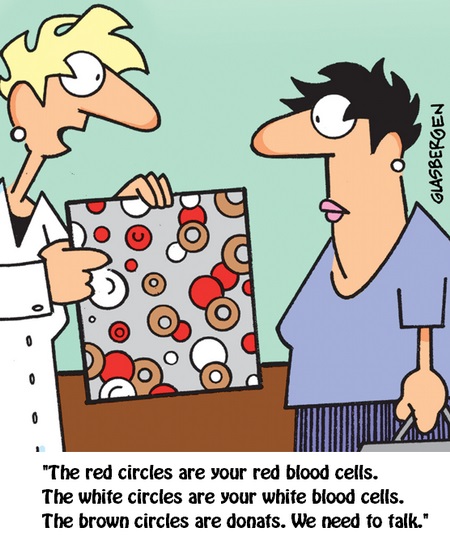
– We work on terminology, deciding which terms will be translated or not. Then we find the best translations of those terms through team brainstorming and the project manager making a final decision.
– We work on in-game coding, noting down game codes carefully and preparing a manual for translators.
– We divide the main language file across the number of translators and choose the most appropriate part to suit the best translator in that field.
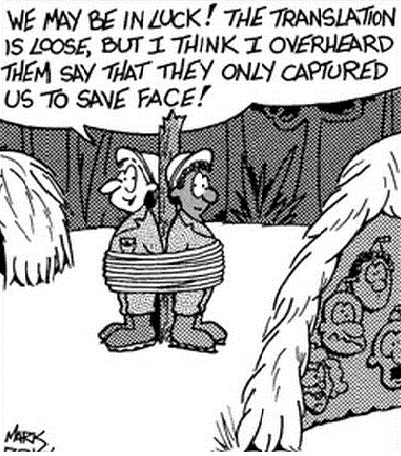
– The translation part of the work is begun and completed as soon as possible. Every translator is given a deadline for his/her part of the project. Throughout the entire process, the translators brainstorm any unclear strings, with the project manager overseeing the work as a whole before the files being recombined.
– The game might have graphics such as plaques or signs with written information. The graphic designer will translate these files if requested to do so by the game-developer.
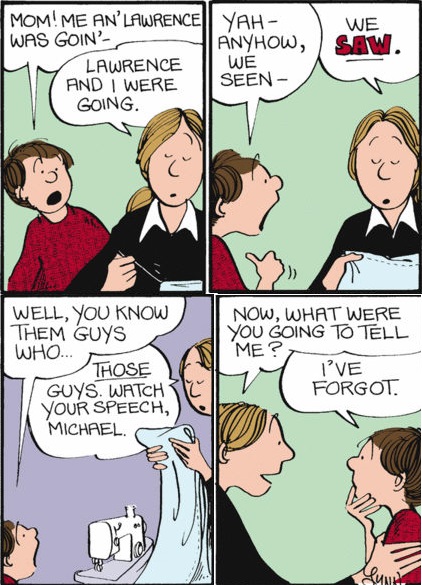
– The translated file is passed to three editors – proof-readers – to ensure that there are absolutely no errors. They check the file and insert any comments that relate to strings that might be confusing due to differences between the original text and Turkish language rules. The manager will check these strings and retranslate if it is deemed necessary.
– If it is a complex file with lots of strings to check, the project manager will assign the translated file again by dialogues/strings-with-codes/subfolders etc. to ensure that the proof-readers focus on the same type of errors.
